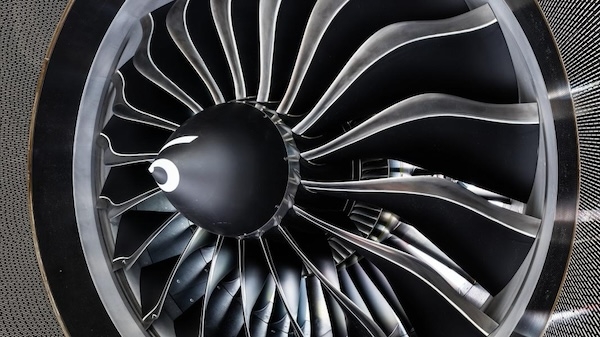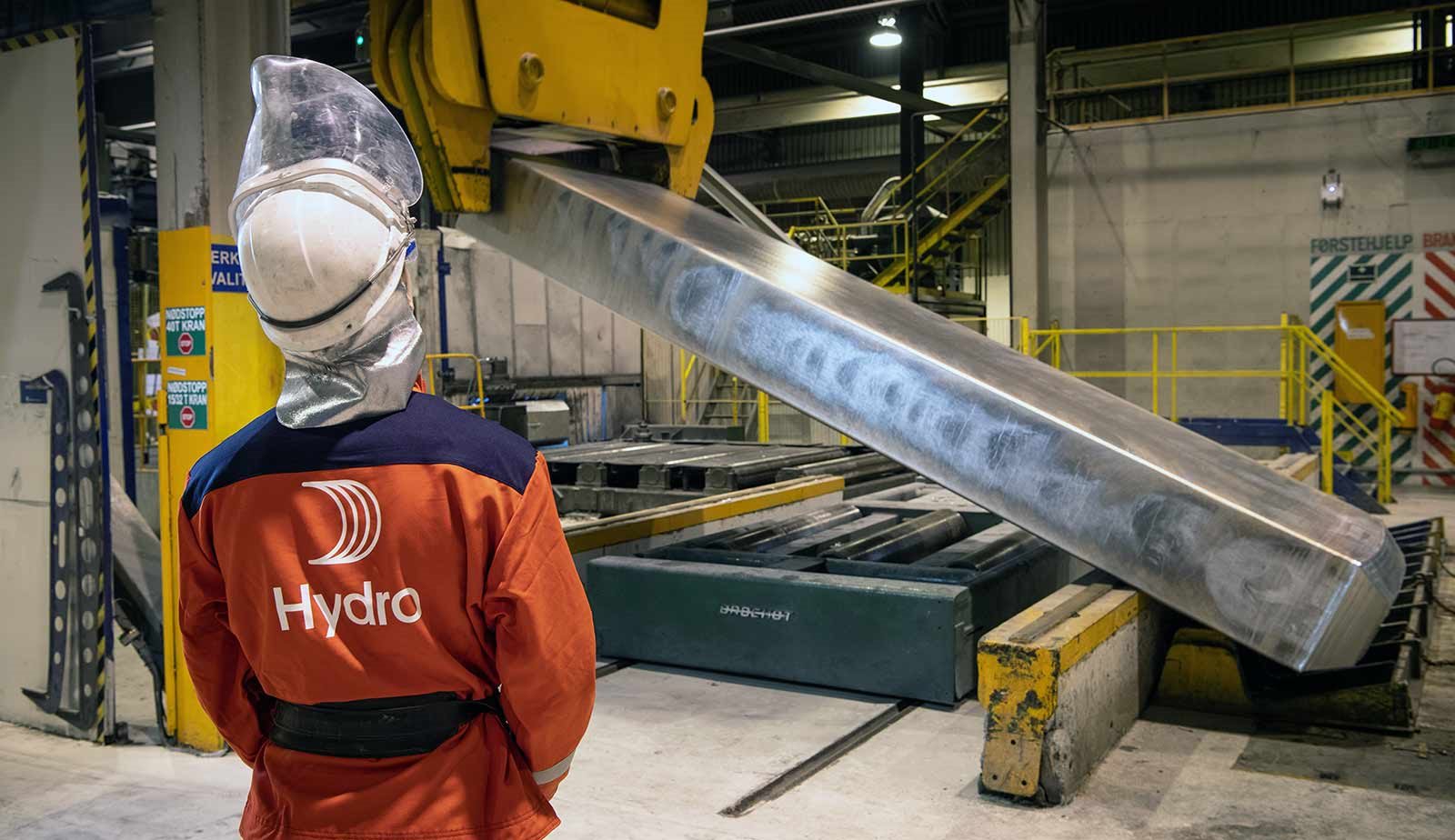
Production Issues Challenge Growth Targets
Boeing’s slowdown and turbine blade yield issues pose risks. Safran acknowledges production challenges. Boeing’s 737 MAX slowdown impacts deliveries. Turbine blade yield issues for A320neo engines also impact production. These issues slow market recovery.
Aftermarket Revenue Growth to Moderate in 2025
Safran revises aftermarket revenue growth. Spare parts revenue will rise by mid-to-high single digits. Services revenue will grow in the mid-teens. This is slower than 2024’s mid-twenties growth. Strong demand and service contracts drove 2024 growth.
Supply Chain Issues Remain a Key Risk
Supply chain conditions improve, but full recovery is unlikely by 2025. Safran highlights production capacity limits. This is a primary concern. Safran emphasizes this risk in reports. They also highlighted it at capital markets day. Global aerospace manufacturing faces challenges. This occurs despite rising narrowbody jet demand. Engine technology investment continues.











Leave a Reply
You must be logged in to post a comment.